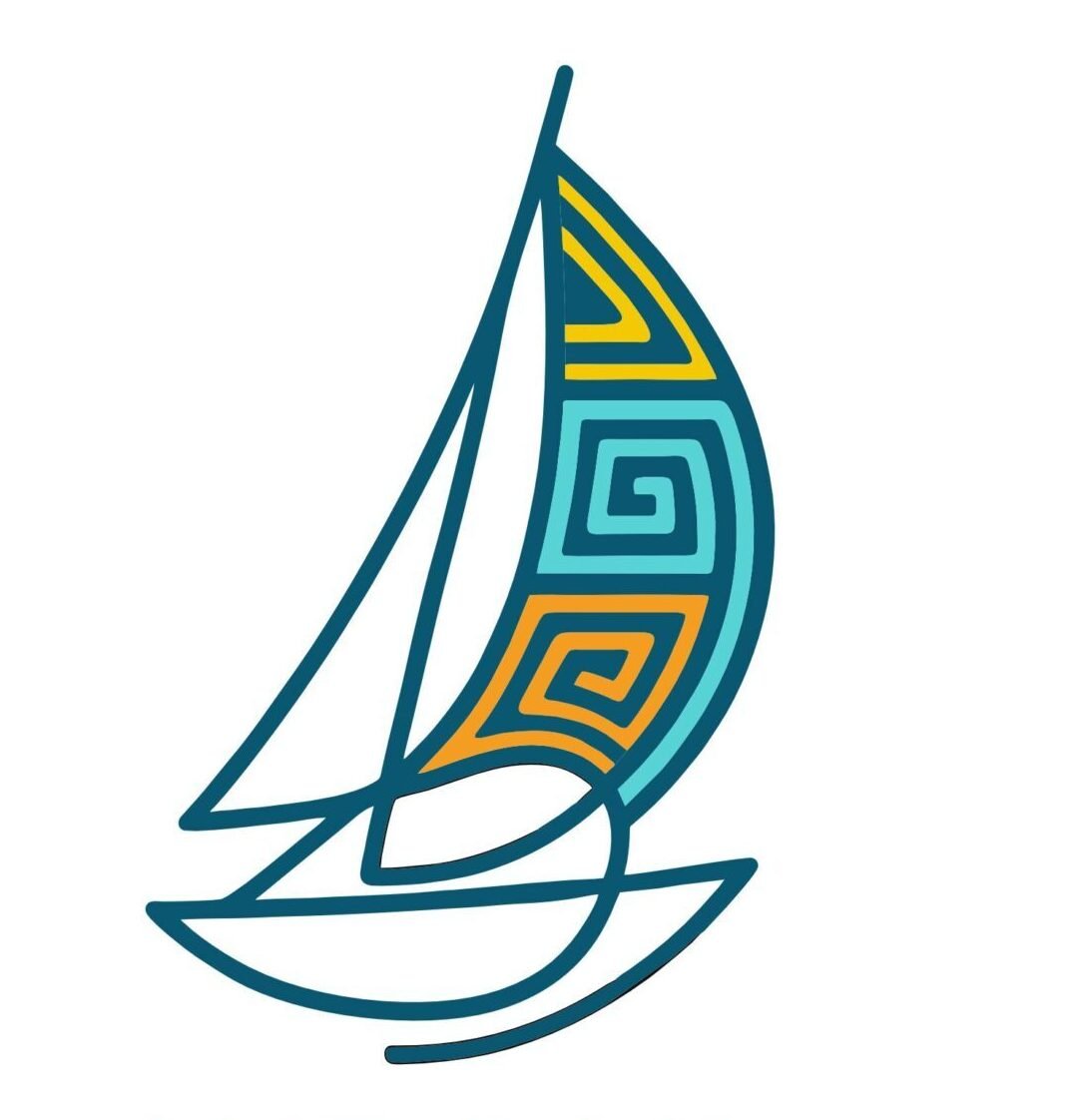Guna Yala
Guna Yala, also known as the San Blas Islands, is an autonomous Indigenous territory along the Caribbean coast of Panama. This breathtaking archipelago consists of over 300 islands, of which only about 50 are inhabited. The Guna people, known for their rich cultural heritage and strong sense of identity, have successfully preserved their traditions despite outside influences. Their unique governance system, vibrant art, and deep spiritual beliefs make Guna Yala a fascinating place where history and modernity intertwine.
History of Guna Yala
The Guna people originally lived in the mainland regions of present-day Panama and Colombia. However, due to conflicts with Spanish colonizers and neighboring Indigenous groups, they migrated to the islands of Guna Yala during the 17th and 18th centuries. The Spanish conquest brought diseases, forced labor, and cultural oppression, prompting the Guna to seek refuge on the islands, where they could maintain their autonomy.
Culture and tradition
The Guna people have a rich and vibrant culture, deeply rooted in tradition and community. Known for their colorful handmade textiles called molas, the Guna take great pride in preserving their identity through clothing, language, music, and spiritual practices. Traditional dances, ceremonies, and oral storytelling remain an important part of daily life. Visitors are often welcomed with warmth and respect, and while customs are sacred, the Guna are happy to share aspects of their culture with those who approach with curiosity and openness.
Molas: A unique art form
Molas are vibrant, intricately hand-sewn textile panels made using a reverse appliqué technique. Traditionally part of Guna women's clothing, molas have become a symbol of the Guna identity and are highly sought after by collectors worldwide. Each mola tells a story, often inspired by nature, myths, and daily life.
Way of Life
The Guna people practice a sustainable way of living, relying on fishing, coconut harvesting, and small-scale agriculture. They uphold a deep respect for nature, and their territories remain largely unspoiled by modern development. Their daily life revolves around communal living, where families work together to maintain their villages and natural surroundings.
Spiritual Beliefs
Guna spirituality is centered on a deep connection with nature and the cosmos. They believe in a harmonious balance between humans and the environment, guided by their spiritual leaders, known as sahilas. Their cosmology includes a rich pantheon of deities and spirits that influence their daily lives and ceremonies.
charter inquiry form

Discover unforgettable catamaran and sailboat adventures in Guna Yala (San Blas), Panama. We Sail San Blas offers all-inclusive island-hopping, snorkeling, and immersive cultural experiences—trusted by travelers worldwide.
Languages
Copyright 2022 © We Sail San Blas
Privacy Policy
Terms & Conditions
